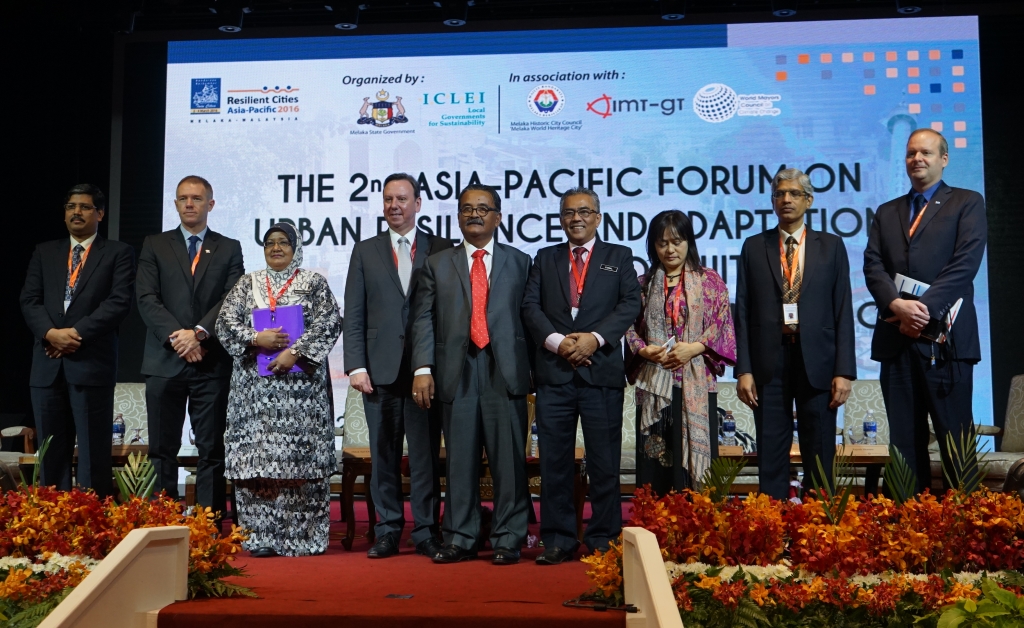B3: Disaster Risk Reduction in Theory and Practice
This post is part of our live blog series from the Resilient Cities 2015 congress. For more live blogs, please click here.
They are still young, yet they are well worth discussing: the Sendai Framework for Disaster Risk Reduction 2015-2030, which was born during the Third United Nations World Conference on Disaster Risk Reduction in March of this year, and the “New Ten Essentials”, which facilitate implementation of the framework.

Ebru A. Gencer, the Executive Director of the Center for Urban Disaster Risk Reduction and Resilience (CUDRR+R) and Jerry Velasquez, the Chief of the Advocacy and Outreach Section of UNISDR, introduced the two documents. The New Ten Essentials aim to help cities to establish a measurement of their current level of disaster resilience, to identify priorities for investment and action, and to track their improvements. Proper indicators will be developed by the end of the year.
Some practical experiences were presented by Anna Sjodin of Karlstad, Sweden, and Emin Y. Mentese of Istanbul, Turkey. While the Swedish city successfully implemented risk assessments in all urban plans, Istanbul faces more difficulties in integrating the ten essentials into urban planning. In spite of existing laws, Mentese points out that
“in such a very delicate and complex city, it is very difficult to make decisions.”
Tadashi Matsumoto (Senior Policy Analyst, Sustainable Urban Development, OECD) spoke on how viewing cities as centers of economic growth helps to emphasize the need to make cities resilient. The OECD is currently combining the promotion of green growth and urban resilience with a focus on Asian cities.
“It is important to use this logic to convince national policy makers.”
The panel discussion showed that disaster risk resilience needs to find local solutions. It is not just the challenges and vulnerabilities that vary from area to area and from people to people; the capacities are also different in different cities. Collaboration between local and national governments and the question of public participation are both fruitful topics for further discussion.






